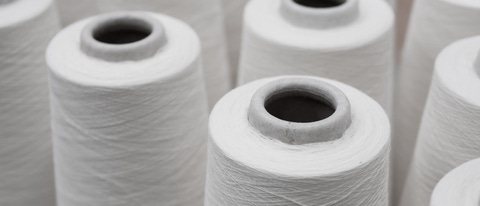Plastics & Rubber
Plastic Additives for textile and fibers
From ancient times, humans have been using fibers from natural sources to dress and support their survival, but it was not until the chemist Hermann Staudinger postulated the existence of macromolecules in the 1920s that the search for new polymers was triggered. These efforts lead to new molecules which had the potential to quickly replace the natural fiber sources, such as cotton, wool and silk.
The milestone discovery of polyamide in the late 1930s as substitute for war-time scarce silk lead to a booming development of new artificial fiber materials. Now, almost 100 years after Staudinger’s seminal works, globally more than 60 million tons of synthetic fibers are produced worldwide, making up for more than 60% of the global fiber production. Dominated initially by polycondensation polymers polyamide and polyesters, the development has not stopped. Moving along from traditionally woven or knitted fabric, the development has expanded into a multitude of textile architectures, which are no longer made out of single components but may constitute complex architectures to meet the demands of technology progress.
Textile applications these days are manifold and the industries they serve range from agriculture to transportation, from architecture to consumer products, from building and construction to sports and leisure.

